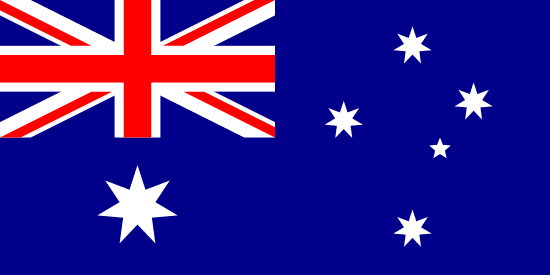"Discover Balranald | Discover Balranald"
About:
Balranald, a town in New South Wales, Australia, was established in the 1840s as a crossing point on the Murrumbidgee River for stock routes. The town developed as a service center for the surrounding pastoral lands. Balranald Shire was constituted in 1906. The town experienced growth with the introduction of irrigation from the 1960s. Today, Balranald's economy is based on agriculture, including sheep farming, viticulture, and horticulture, as well as tourism, with several heritage sites and national parks.
When to visit:
Balranald, a town located in New South Wales, Australia, experiences a warm Mediterranean climate. The ideal time to visit Balranald for a holiday would be during the spring season, from September to November, or the autumn season, from March to May. These months offer pleasant temperatures for outdoor activities such as exploring the town's historic sites and enjoying the natural beauty of the surrounding Murray River. Summer months can be hot with temperatures soaring above 40 degrees Celsius, while winter months can be chilly, making spring and autumn the most favorable seasons for a visit to Balranald.
When to avoid:
The worst time to travel to Balranald, New South Wales, on a holiday would generally be during the peak of summer, from December to February. During this time, temperatures can soar well above 40 degrees Celsius (104 degrees Fahrenheit), making outdoor activities uncomfortable and potentially dangerous due to the risk of heat-related illnesses. Additionally, accommodation and attractions may be crowded with tourists, leading to longer wait times and higher prices. Travelers seeking a more pleasant experience may consider visiting during the milder spring or autumn months when the weather is more temperate and crowds are thinner.
"Winter (June–August)"
Balranald, Australia experiences its coldest and wettest period from June to August, with temperatures averaging between 5-16°C. Rainfall is highest in August, averaging 25mm. Days are typically short with 7-8 hours of sunlight, and cloud cover is frequent, making the skies often grey. An average day for a visitor might involve brisk morning walks, indoor activities or exploring local attractions under an umbrella. Despite the chill, the landscape is lush and green, offering a different kind of beauty.
Autumn (March-May)
Autumn (March-May)
Language:
In Balranald, a town in New South Wales, Australia, the most commonly spoken language is English, as it is the de facto national language of Australia. However, due to the diverse multicultural population, other languages such as Italian, Greek, and Mandarin may also be spoken in smaller numbers. Indigenous languages, though less common, are also a significant part of Australia's linguistic heritage.




